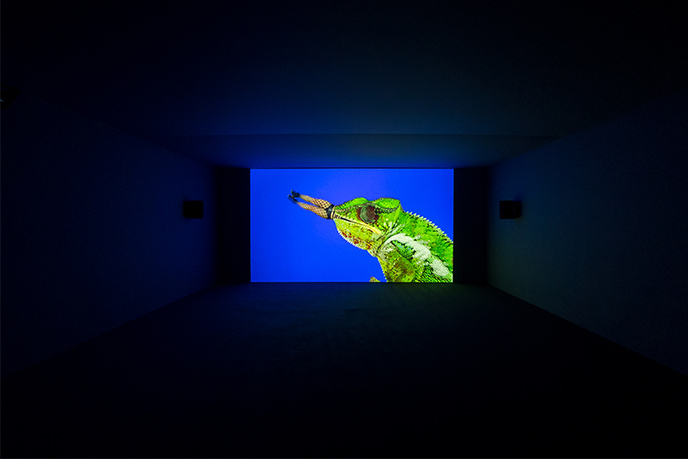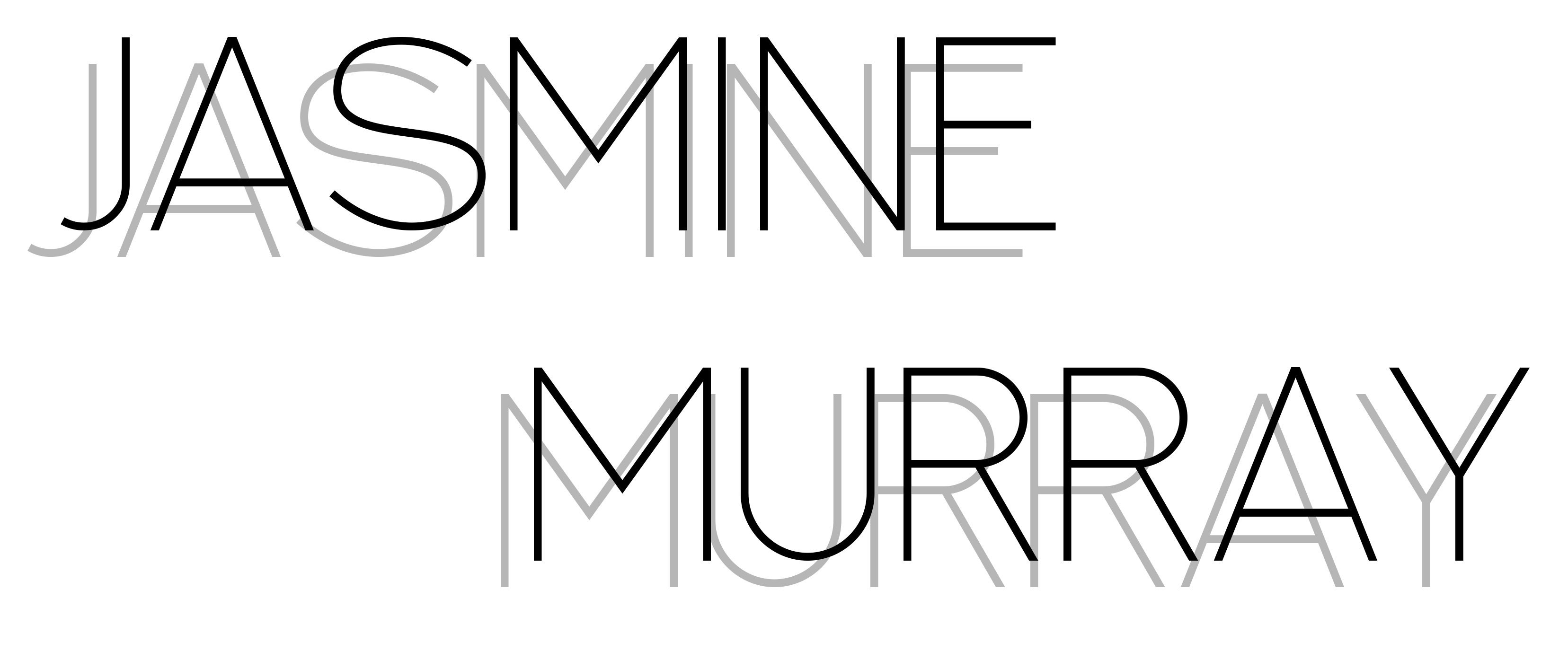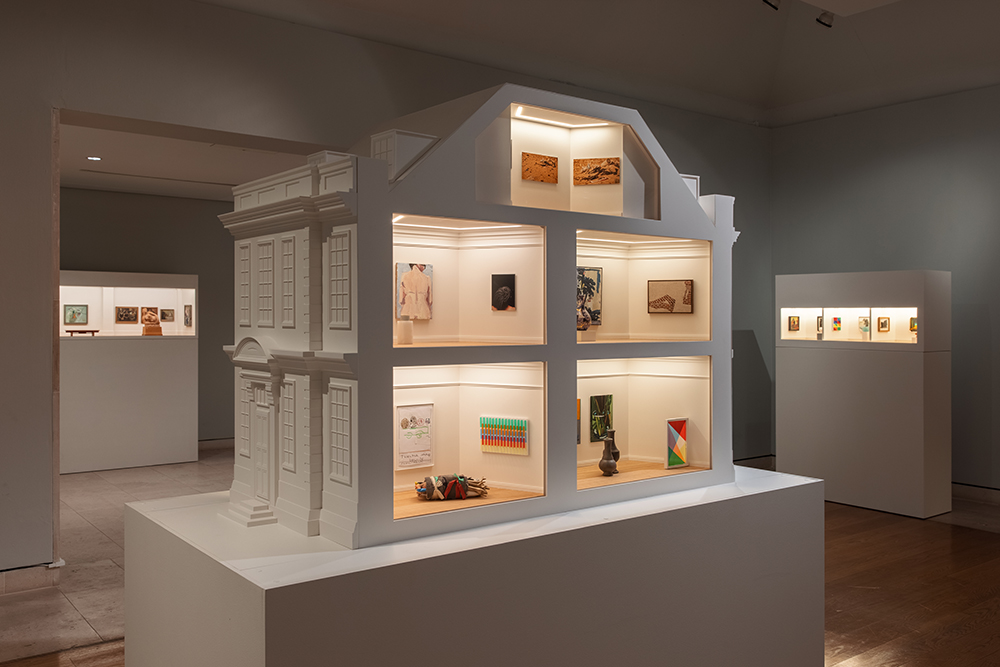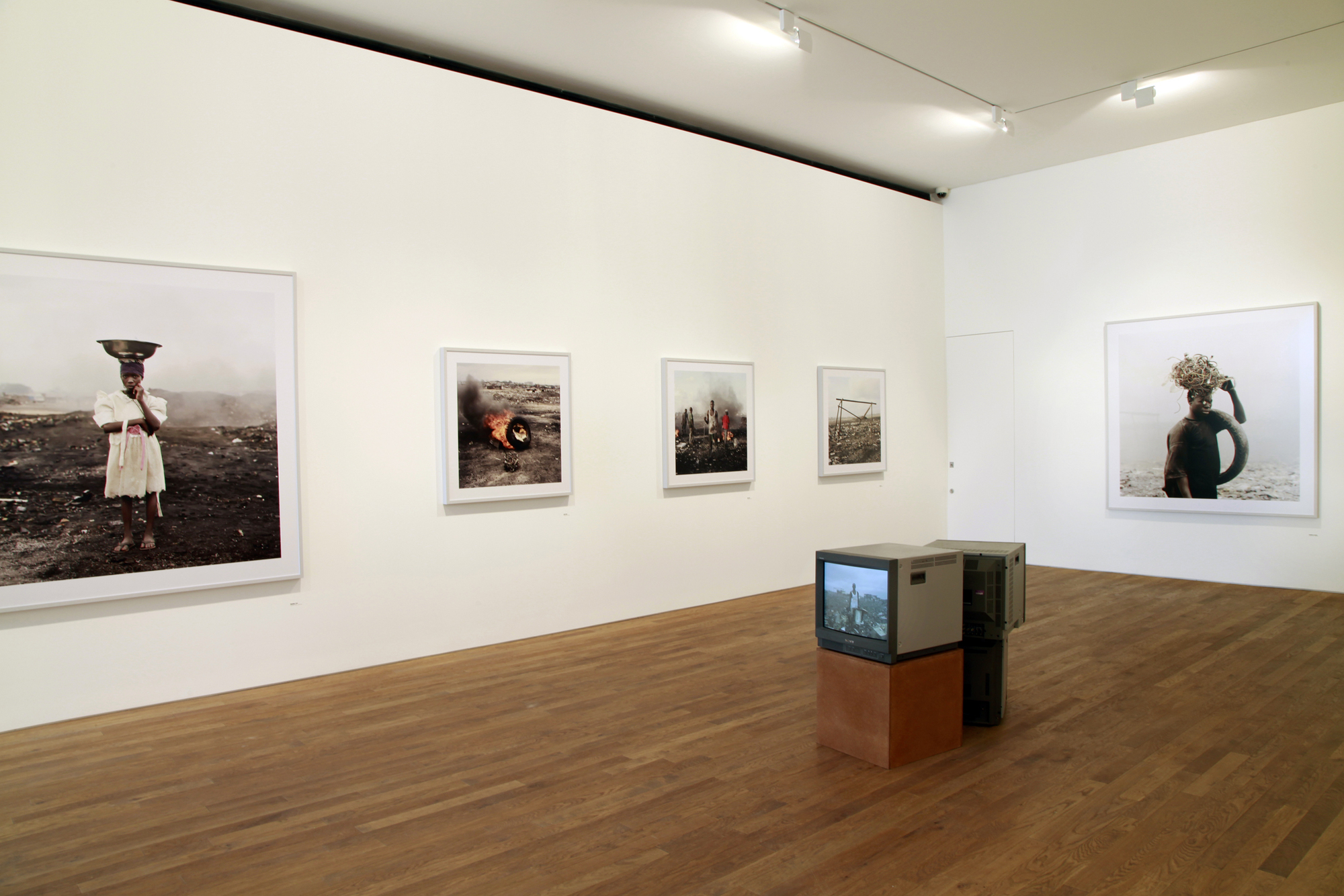
Whilst the COVID-19 pandemic continues finding a gallery space that is suitable and available, within current covid regulations has yet to be possible, to date I have not been able to find a suitable opportunity to exhibit my work in physical form, as a second method of publication, this year. As I have yet to finalise a location and booking slot, I’ve instead made mock-ups of how I might exhibit in a physical space.
As a physical exhibition hasn’t been possible (yet), I’ve instead created several potential mock-ups, of how I might exhibit in a physical space (one of which is viewable in my previous post Project Development: Potential Outputs II ) Figure 1 is my second mock-up and a perspective which could be one of the branches from the original post’s image or an option I could consider with a smaller exhibition space in that the big screen could rotate and flicker thorough the various different animations on a loop, whilst the table would host a series of flipbooks and digital books constructed through use of LCD screens or recycled tablets. As I have mentioned previously including flipbooks in a physical exhibition would mean visitors could take home a memento of the experience to peruse at their own time.

My primary method of display for Heretic is via a webpage allowed scale and display methods to have variety, as size would be dependent on viewer’s devices, focusing on the temporality of online imagery and following the standard social media approach of a long scrolling stream of images, in contrast to modern social media the images are not directly below one another, making the viewer hunt for the image and mirrors early net aesthetics. Having tested my website on a variety of screens I realised my own monitor was not of usual ratio, with less than a 4% share globally as a size (1600×900), so I ended up borrowing a relatives screen to make sure that for the majority of web users (1920×1080 at 20.52% for desktop and at 8.37% overall) would not encounter a webpage with a large amount of black space. I also checked other artists who use the same web hosting, and noted that they too went with 1920×1080 ratio (e.g. Molly Soda).
Open Calls, Residencies and Opportunities
Over the last few weeks I’ve been applying to various open calls from online residencies, Instagram takeovers, interviews, talks, virtual exhibitions and physical exhibitions that I thought resonated with my practice or were on the lookout for recent graduates. Most I am unlikely to hear back from until the 20th or later so it’s unclear currently whether or not I will be successful in any of the applications I have made, though I have tentatively added my applications into my FMP to show what is going on in the background for the possible near future. One of the applications made me re-think how I might potentially display my work under tight limitations. The proposed space is 6ft by 6ft, with no option of wall or ceiling hanging so anything proposed had to be freestanding.
Figure 3 Murray, J. (2021) Application Flat and 3D Plans using FloorPlanner.
Due to these limitations I tweaked my original concept quite significantly to work within the space limitations, which made me reconsider how to display my work in a physical space with no power, and how I might get viewers to interact with my work and reflect on the messages I am trying to convey within this space. As I am ultimately making a comment on censorship particularly of women in today’s society I thought one way to get the viewer to interact personally would be to have a clothes rack or backdrop stand with prints hanging from clips and a table with a selection of prints (Figure 3) so that the viewer interacting could construct their own narrative on what they feel heretic means to them. Obviously their would be some limitations given covid, in that to interact visitors would need to sanitize their hands before and after handling any prints or objects within the space.
Infinite Mix

In my last supervision meeting with Laura on the 27th July, she mentioned I might find The Infinite Mix exhibition (2016) as a potential influence for how I might enact a physical representation. Like my mockups most of the install shots show the installation screen filling the wall leading the viewer into the image or video being projected, in fairly dark surroundings, the only illumination being the projection (Figure 4).
References
Figures
Figure 1 Murray, J. (2021) Exhibition Mockup Perspective 2 Using ArtSpaces.
Figure 2 Murray, J. (2021) Web Presence Layout for ‘Heretic’. [Online] Available from: https://jasm.hotglue.me/ [Accessed 02/08/2021]
Figure 3 Murray, J. (2021) Application Flat and 3D Plans using FloorPlanner. [Online] Available from: https://www.floorplanner.com [Accessed 13/08/2021]
Figure 4 Infinite Mix x Hayward Gallery (2016) Installation Shot. [Online] Available from: https://theinfinitemix.com/wp-content/uploads/sites/9/2016/08/The-Infinite-Mix-Hayward-Gallery-x-The-Vinyl-Factory-Michael-Wilkin-Photography20_0001_The-Infinite-Mix-Hayward-Galle.jpg [Accessed 08/08/2021]
Bibliography
Infinite Mix (2016-) [Online] Available from: https://theinfinitemix.com/ [Accessed 06/08/2021]
Soda, M. (2021-) [Online] Available from: mollysoda.exposed [Accessed 05/08/2021]
Statcounter (1999-) Screen Resolution Stats Worldwide. [Online] Available from: https://gs.statcounter.com/screen-resolution-stats [Accessed 02/08/2020]
Statcounter (1999-) Desktop Screen Resolution Stats Worldwide. [Online] Available from: https://gs.statcounter.com/screen-resolution-stats/desktop/worldwide [Accessed 04/08/2021]
Statcounter (1999-) Desktop Screen Resolution Stats United Kingdom. [Online] Available from: https://gs.statcounter.com/screen-resolution-stats/desktop/united-kingdom [Accessed 03/08/2021]

































































